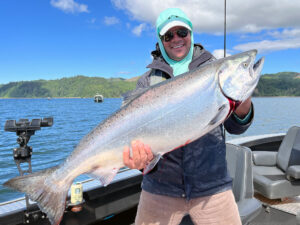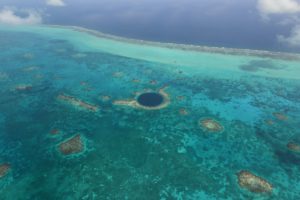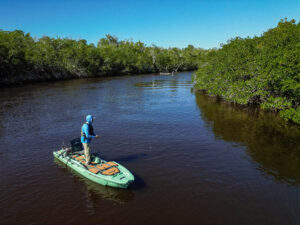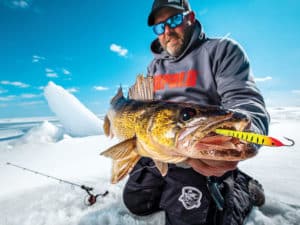Two great bets in the month of October for Keys anglers include fishing the live-bottom reef areas or dropping deep in the daytime for swordfish. For anglers excited about targeting yellowtail and mutton snapper, consider what type of live baits you’re catching in the cast net. It pays to know the difference between two common Keys pilchards. Far offshore, experienced captains are catching swordfish on line as light as 65-pound braid.
Fast Fishing on Key West Reefs with Live Bait
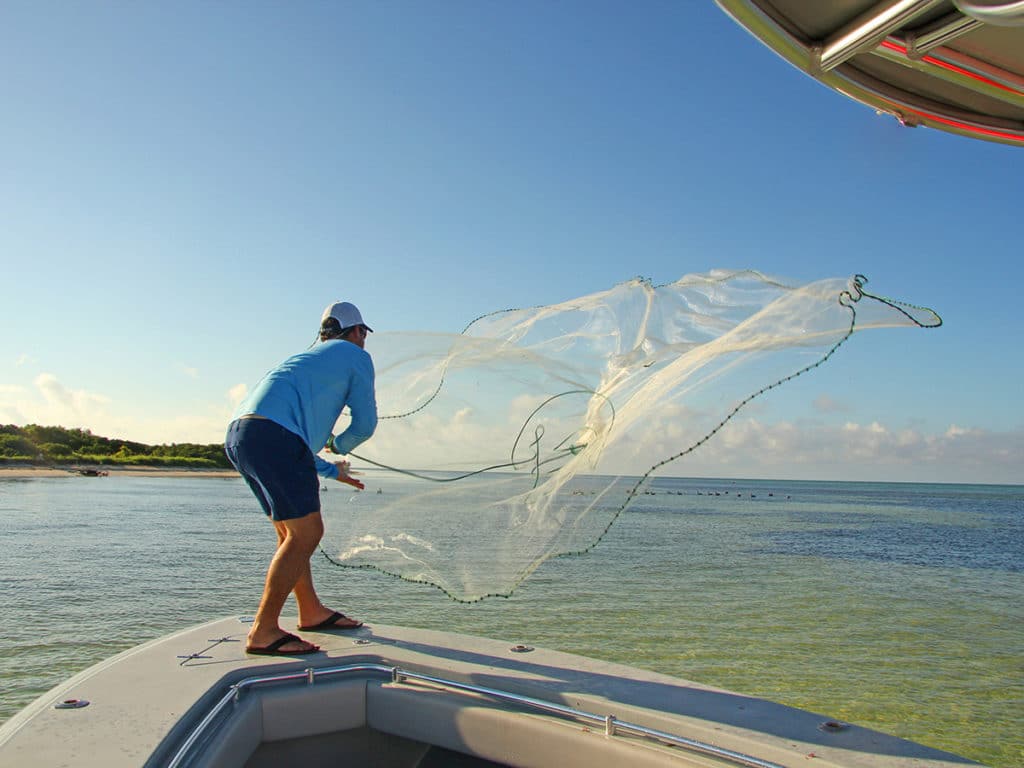
Kenny Chesney sings a line about “reeling one in” on Capt. Chris Trosset’s Contender. He slows the 32-footer to a crawl and stares into the water searching for bait schools worthy of a cast net.
Something is always biting within a short boat ride of the Marquesas, but it’s still about six weeks before peak season begins in the Lower Keys. Fishing guide traffic and competition to catch bait is minimal. Numerous pelicans dive for breakfast near an island to indicate pilchard activity nearby.
Pilchards — think of ‘em as the ocean’s burgers from a value menu — are available in high volumes, and favored by the bellies of just about every species that swims. But just as some $1 burgers come with cheese and others don’t — not every pilchard is put together exactly the same — so they don’t all attract the same customers.
Trosset sees enough of what he’s searching for, so the 28-year-old climbs atop the bow and throws a cast net with Dan Marino-like proficiency. He quickly scores a net full of 4-inchers, but he’s not satisfied just yet.
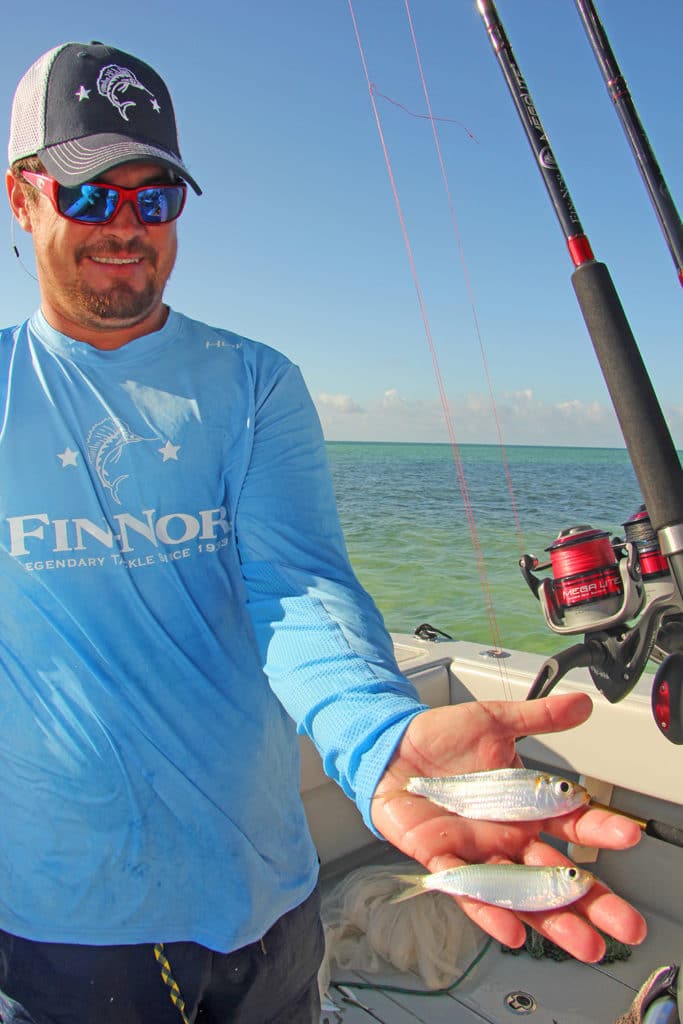
“Let’s move,” says Trosset. “That’s not the right kind of bait. We’re looking for razor bellies, and these are all sand keys.”
Sand key pilchards (also called “lesser sardines”) have a touch of orange behind the gill plate, and Trosset says their scales are more delicate.
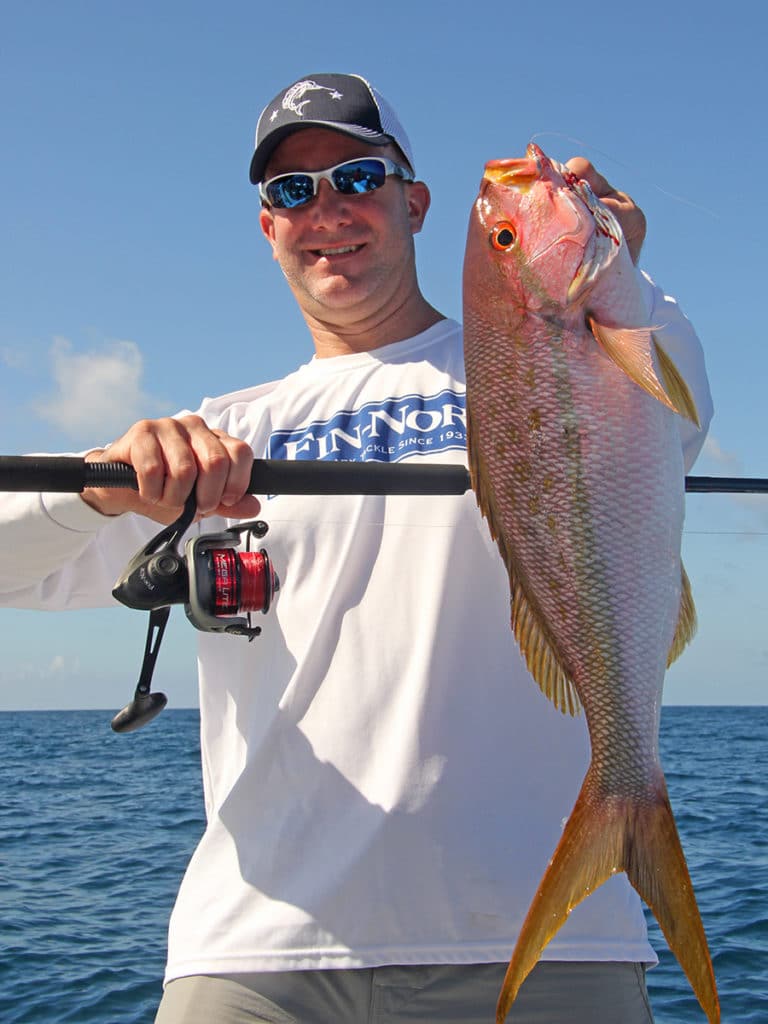
“Sand keys work okay for grouper and mutton snapper, but their scales come off pretty easily, and they don’t survive well all day in the bait well,” explains Trosset.
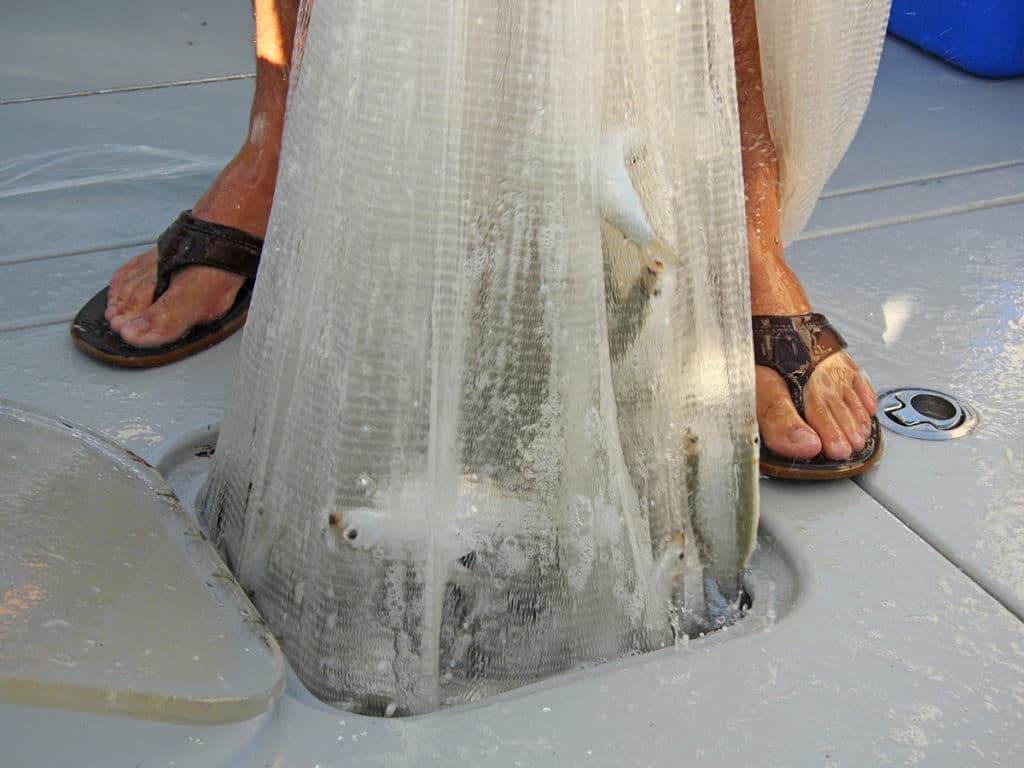
Sure enough, Trosset’s next perfectly orchestrated throw of the net ends with a well full of razor bellies. Within minutes, he’s finished putting 50 pounds of the ocean’s best “value-priced burgers” in his bait well. Even better, he expects his pilchard offerings to translate to fresh yellowtail snapper for dinner later that evening.
–Alan McGuckin
Head Offshore for an October Swordfish Smackdown
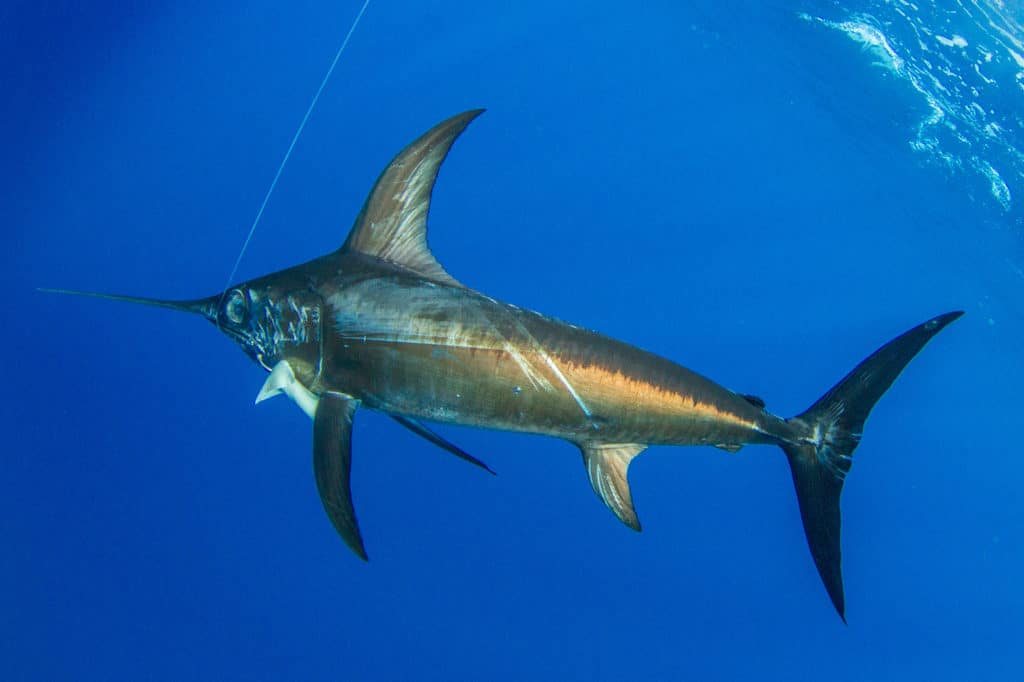
Swordfish
The continental shelf is a highway for swordfish off the coast of Islamorada, says Capt. Nick Stanczyk. Every month of the year, broadbill swordfish are available to target in waters from 1,400 to 1,900 feet.
“I prefer to fish during the day when the weather’s nice, especially in May, October and November,” he says. “I believe that’s when a lot of fish migrate through. Any sort of bottom structure like hills, holes, mounds and walls that hold bait can be productive.”
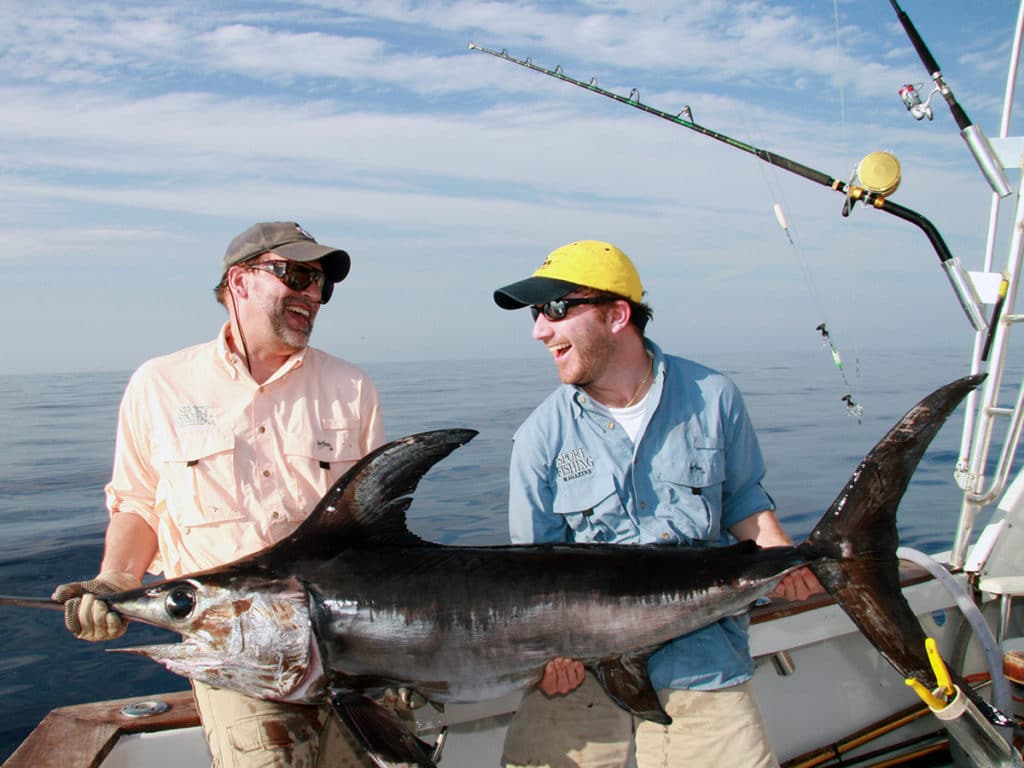
The Gulf Stream averages 2 to 3 knots off Islamorada, manageable even when fishing deep. Stanczyk prefers Shimano Tiagras, Tyrnos and Talicas with 65- to 80-pound braided main line and 200-pound mono wind-on leader. He pairs his Shimanos with custom swordfish rods from Key Largo Rods. For anglers who don’t want to hand-crank, he uses electric-assist reels such as the Shimano Beastmaster 9000 with 65-pound braid.
“When the rod tip bounces, you don’t know if it’s a 40- or 400-pounder,” says Stanczyk. “It’s a guessing game until you see the fish. You never know when you’re going to hook a giant.”
–Sam Hudson

